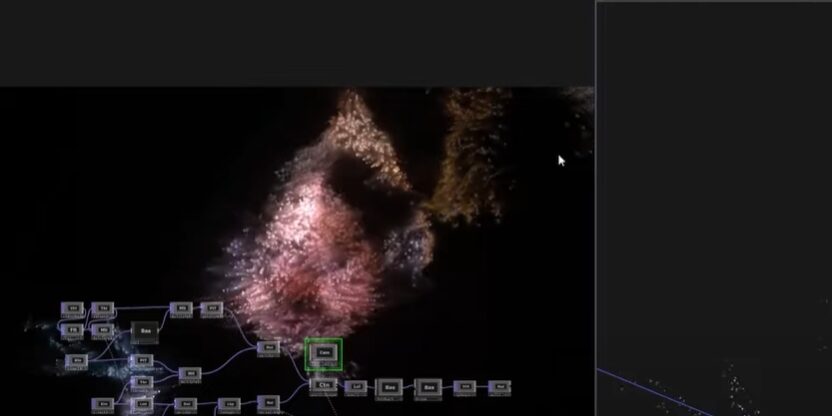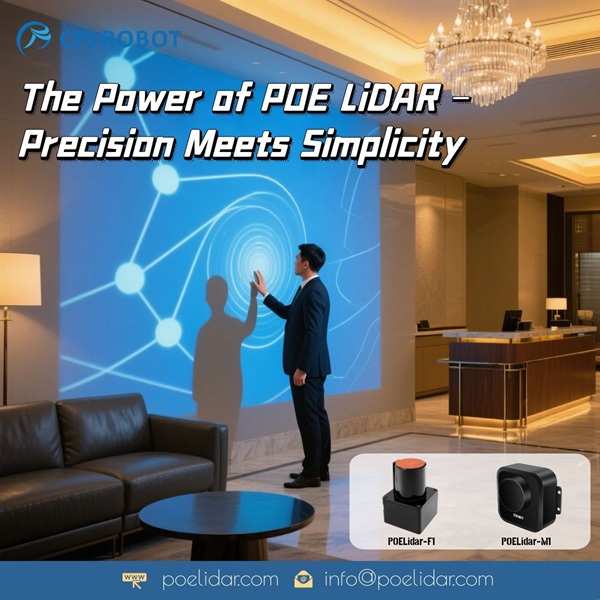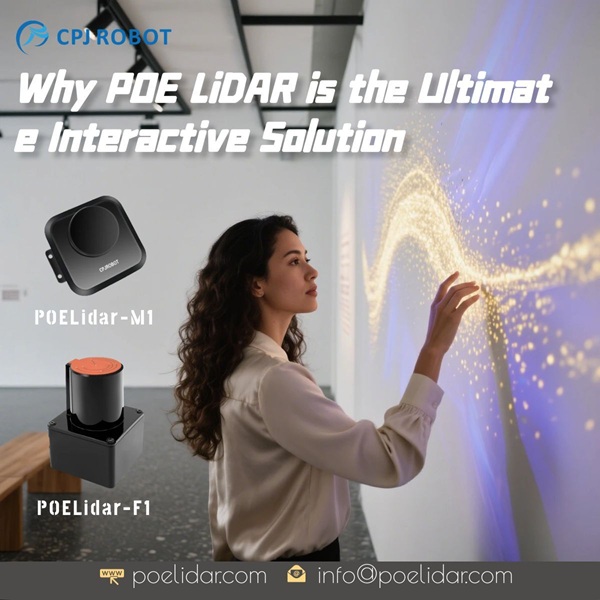LiDAR (Light Detection and Ranging) technology is revolutionizing the way we interact with digital interfaces by enabling multi-touch capabilities through non-contact methods. This innovation is transforming various industries by offering more hygienic, versatile, and responsive ways to engage with technology.
What is LiDAR and How Does It Work?
LiDAR uses laser pulses to measure distances by calculating the time it takes for the light to reflect off an object and return to the sensor. This principle allows LiDAR to create detailed 3D maps of the environment, detecting the location, movement, and speed of objects in real time.
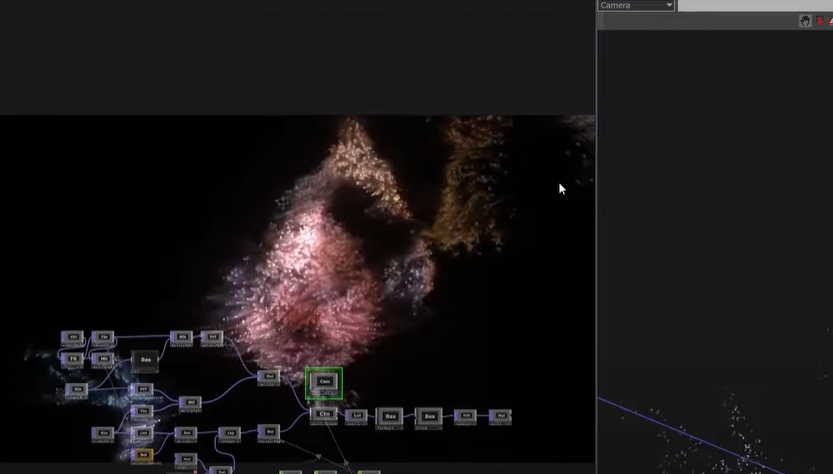
Core Principles:
- Emission of Laser Pulses: The LiDAR system continuously emits laser pulses into the surrounding environment.
- Signal Reflection: When these pulses hit an object, they reflect back to the LiDAR sensor.
- Signal Reception and Processing: The reflected signals are processed using advanced algorithms to determine the exact position, speed, and direction of movement of the objects.
- Multi-Object Tracking: LiDAR can simultaneously track multiple objects, enabling multi-touch interaction.
Key Technologies for Multi-Touch LiDAR
- Multi-Object Tracking Algorithms: These algorithms allow the system to distinguish between multiple objects within the same space and track their movements independently.
- Signal Processing Techniques: Advanced signal processing methods, such as filtering and signal enhancement, help improve the signal-to-noise ratio, ensuring accurate detection even in challenging environments.
- Spatial Filtering Technology: Spatial filtering minimizes interference from unwanted reflections, enhancing the accuracy and precision of object detection.
Advantages of LiDAR in Multi-Touch Interaction
- Non-Contact Interaction: LiDAR enables touchless interaction, which is more hygienic and convenient.
- Simultaneous Multi-Touch: The technology can detect and respond to multiple touch points simultaneously, allowing for more dynamic and engaging interactions.
- Strong Penetration: LiDAR can function through non-metallic materials like glass and plastic, facilitating operations without direct line-of-sight.
- Fast Response: The system provides real-time tracking of object movements, ensuring a swift response to user inputs.
Applications of LiDAR in Multi-Touch Interaction
- Smart Homes: Control home appliances with gestures, such as adjusting lighting or changing the volume of music.
- Public Displays: Enable multi-user interaction on large screens, ideal for presentations or gaming.
- Virtual Reality/Augmented Reality: Enhance immersive experiences with precise gesture-based controls.
- Industrial Automation: Improve efficiency by enabling contactless operation of machinery.
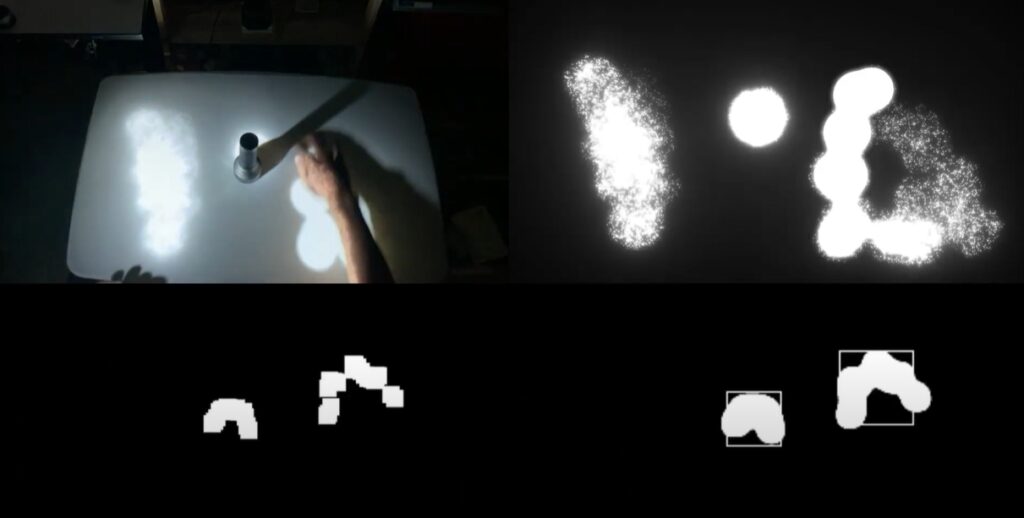
Conclusion
LiDAR technology, with its ability to emit and receive laser pulses combined with sophisticated signal processing algorithms, has successfully brought multi-touch capabilities into the realm of non-contact interaction. This advancement opens up vast possibilities across various sectors, providing more convenient, hygienic, and responsive user experiences.
If you’re interested in exploring the technical details of LiDAR or want to discuss specific algorithms, hardware, and application scenarios, feel free to reach out.
Are you curious about how LiDAR can transform your industry? CPJ ROBOT, a leading POE LiDAR manufacturer, offers versatile solutions for various applications. We even provide free interactive testing software to help you get started. For more details, contact us at [email protected].
#LiDAR #MultiTouchTechnology #SmartHomes #VR #AR #IndustrialAutomation #TechInnovation

